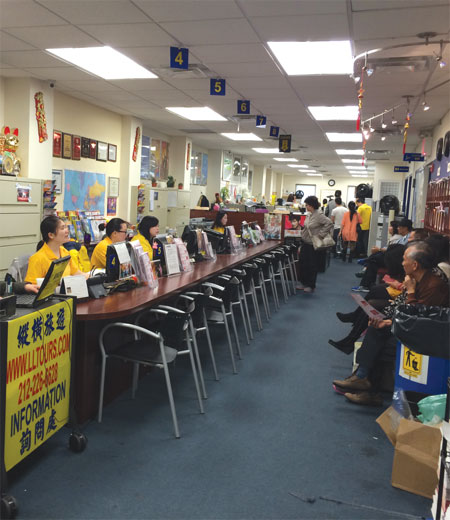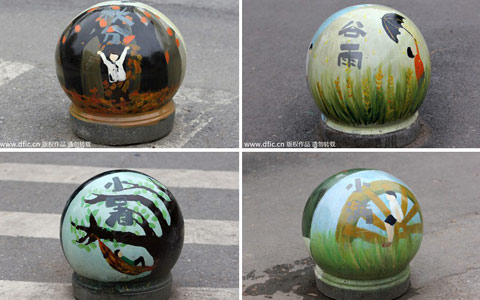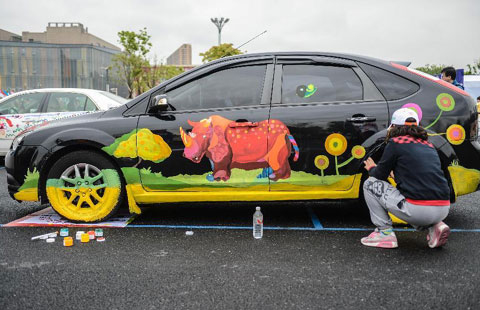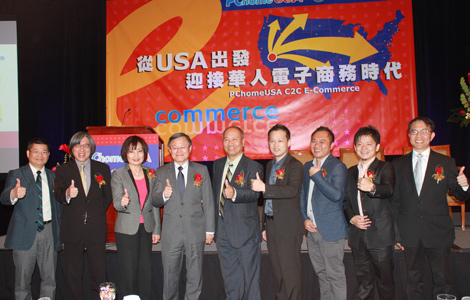Demand for bilingual guides on the rise
Updated: 2014-05-05 11:05
By Zhang Fan in New York (China Daily USA)
|
||||||||
The US' easing of its visa policy for Chinese tourists not only benefits its tourism industry but it is also creating a huge challenge for many local travel agencies: Where to find enough qualified bilingual guides.
"We already have more than 400 bilingual guides at the moment, but with more Chinese tourists pouring in, the number is going to increase to 500 in the next two years," said David Dong, president of New York-based L&L Travel Enterprises.
A recent report from the US Department of Commerce shows that about 1.8 million Chinese tourists came to the US in 2013, an increase of 23 percent over last year, the highest growth rate in the world's top 10 tourist countries.
"Five years ago, only about 20 percent of our clients were from mainland China," Dong said. "Now the percentage is almost 70. Some of them have never been abroad before; they can't speak English and are not familiar with local customs."
Such demands mean much higher requirements for effective guides, according to Zhang Liming, general manager of Dollar Travel & Charter Inc in Burlingame, California.
Zhang said his agency, as well as many travel agencies in the Western US, used to hire guides who could speak only a little English, because they only needed to help book tickets or bring tourists to restaurants and hotels.
"But now, more tourists mean we're more likely to have emergency situations develop during a trip and may need to get help from local police or hospitals," he said. "Our guides need to be able to solve such problems."
Along Bowery Street in New York's Chinatown, there are more than six Chinese travel agencies, some with signs that read "bilingual guides".
According to large Chinese travel agencies such as L&L Travel Enterprises and Namei Group Inc, "qualified guides" need to be fluent in English and have a very thorough understanding of the US.
"We already have many people applying for tour groups in May and June, most of which clearly require a guide who can communicate in both English and Chinese," said Hattie Zhou, a travel consultant at Namei.
According to an internal L&L Travel training book, guides are required to speak "politely" in English, use words like "please" and "excuse me" when speaking with people and wear a smile at all times.
"Each guide needs goes through training before they can actually work for us," Dong said. "Training is very important; it helps us identify those most suitable for the job."
Aside from the language requirement, travel agencies also want guides to be energetic and outgoing so they can help tourists have a good time on the trip.
"We prefer people aged 25 to 45 and very healthy," said Dong. "They also need to have at least three years experience living in the US and graduated from a local university, all so that they can help Chinese tourists better understand the country."
The stiff requirements do mean high salaries. According to L&L Travel, travelers pay $150 a day for a bilingual guide, and $50 an hour for overtime. Travelers are also expected to tip guides $3 per person per day on top of that.
"The competition between travel agencies is fierce and bilingual guides are usually more expensive, so we need to control our costs and provide good service at the same time," said Zhang, adding that some competitors try to attract more customers with prices that are too low.
Dong said they are faced with similar problems and such competition is not good for the development of the industry because lower prices mean worse service.
fanzhang@chinadailyusa.com
|
Chinese tourists wait at L&L Travel Enterprise in Manhattan's Chinatown on May 1. The company is one of the major Chinese American travel agencies in the US. Zhang Fan / China Daily |
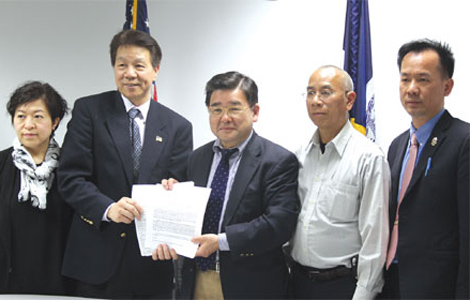
 Chinese: Parking rules 'unfair'
Chinese: Parking rules 'unfair'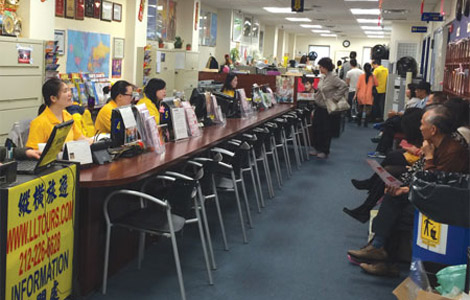
 Demand for bilingual guides on the rise
Demand for bilingual guides on the rise
 Banks using HK as RMB trade center
Banks using HK as RMB trade center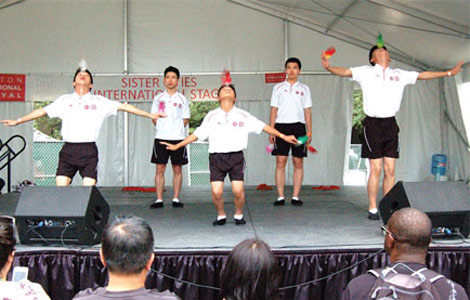
 Houston tries shuttlecock diplomacy
Houston tries shuttlecock diplomacy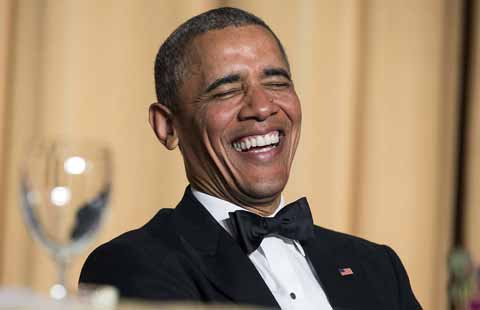
 Obama roasts himself, rivals at dinner
Obama roasts himself, rivals at dinner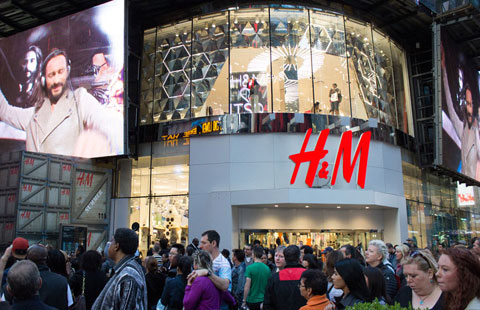
 H&M promotes summer collections with DJ show in NYC
H&M promotes summer collections with DJ show in NYC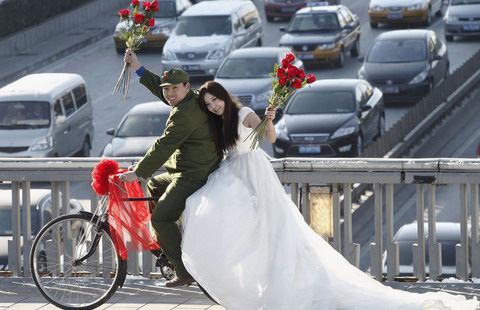
 Forum trends: No house, no marriage?
Forum trends: No house, no marriage?
 One handed climber scales UK's toughest routes
One handed climber scales UK's toughest routes
Most Viewed
Editor's Picks
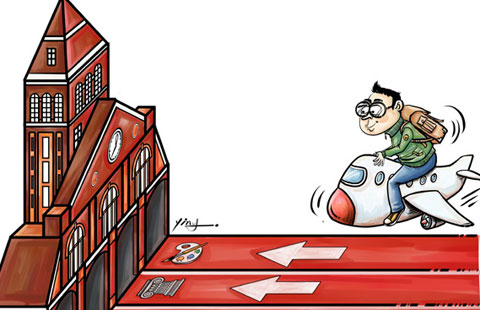
|
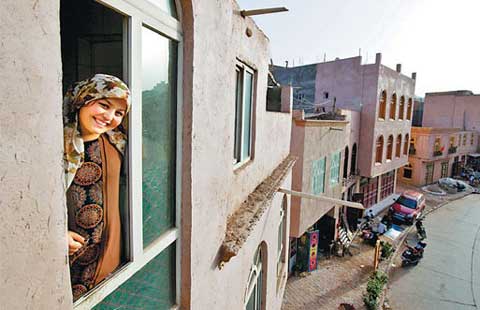
|

|
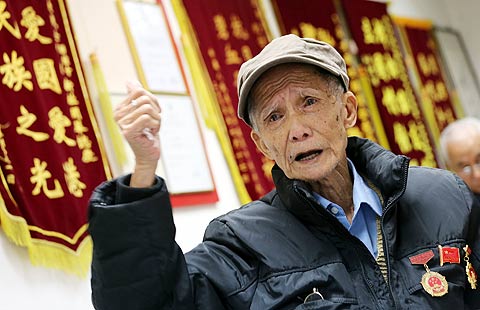
|
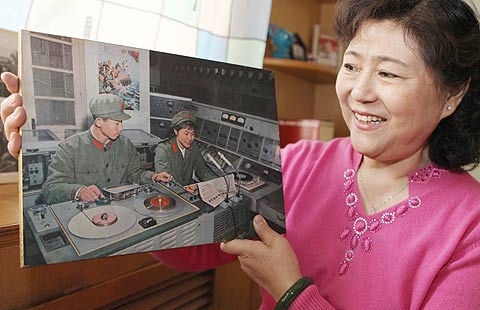
|
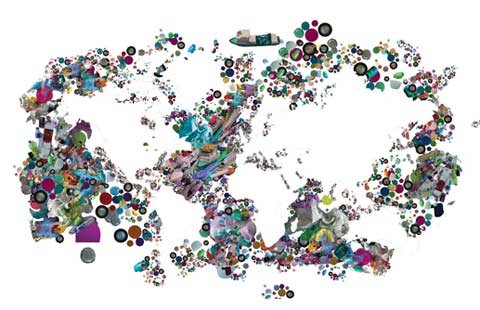
|
Today's Top News
Academic lauds US-China partnerships
Travel passes to DPRK made easier
Yunnan's only panda perking up thanks to TV
Intl cooperation to aid drug fight
Deal signed to upgrade roads, grid in Ethiopia
China busts foreign spy ring
Tokyo lawmakers begin China visit
Houston tries shuttlecock diplomacy
US Weekly

|

|
